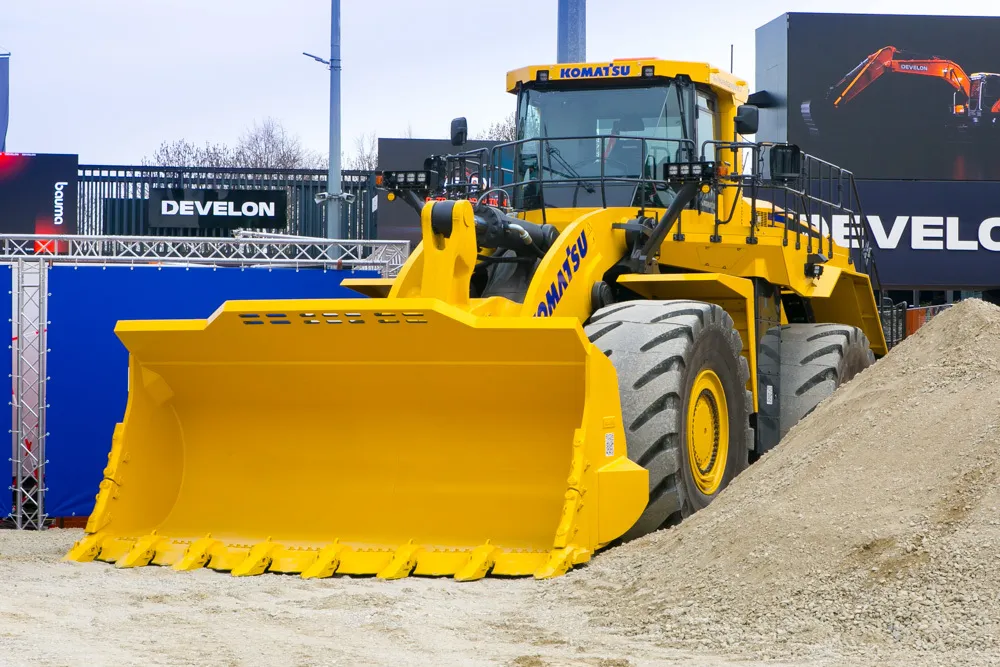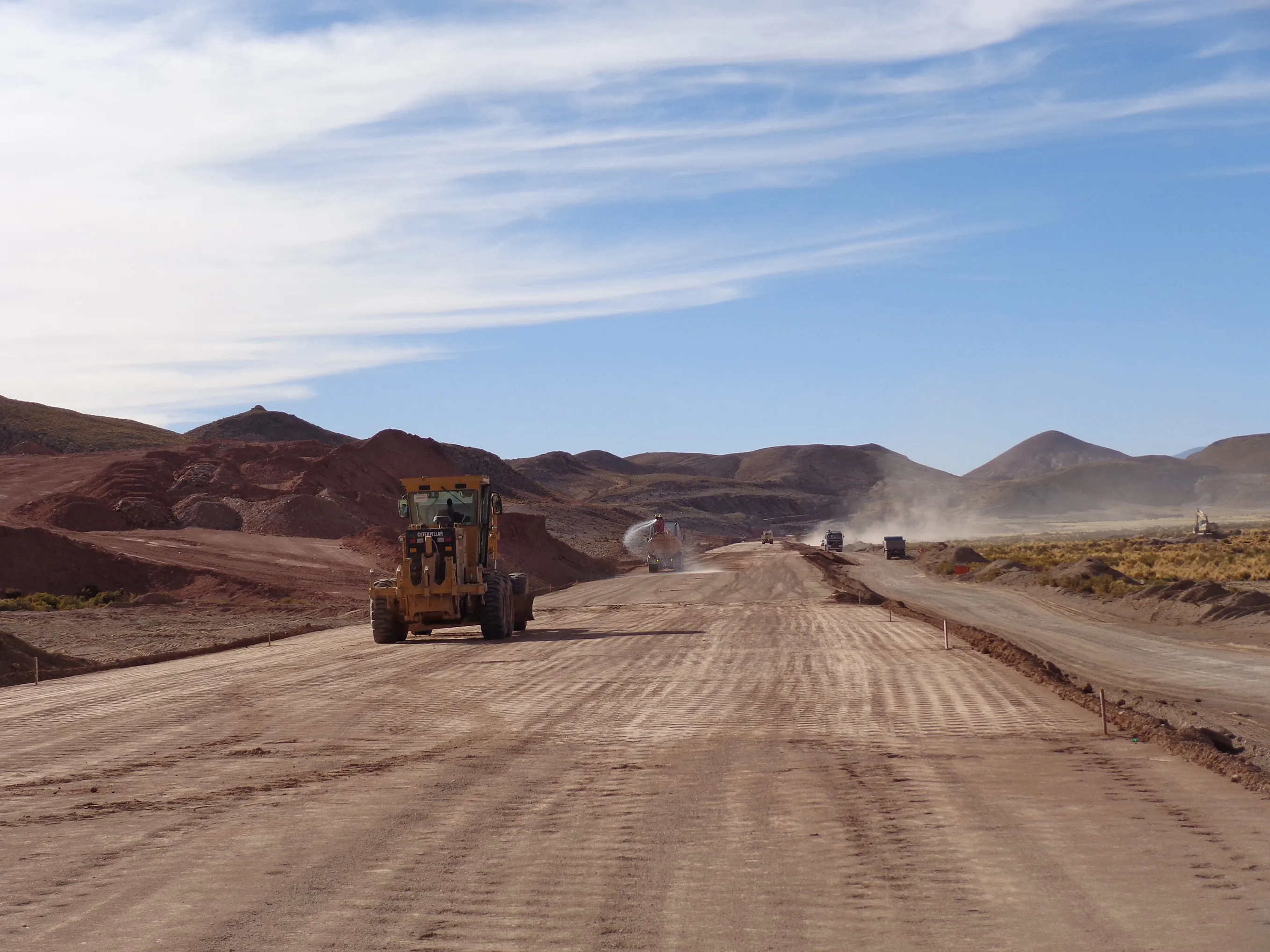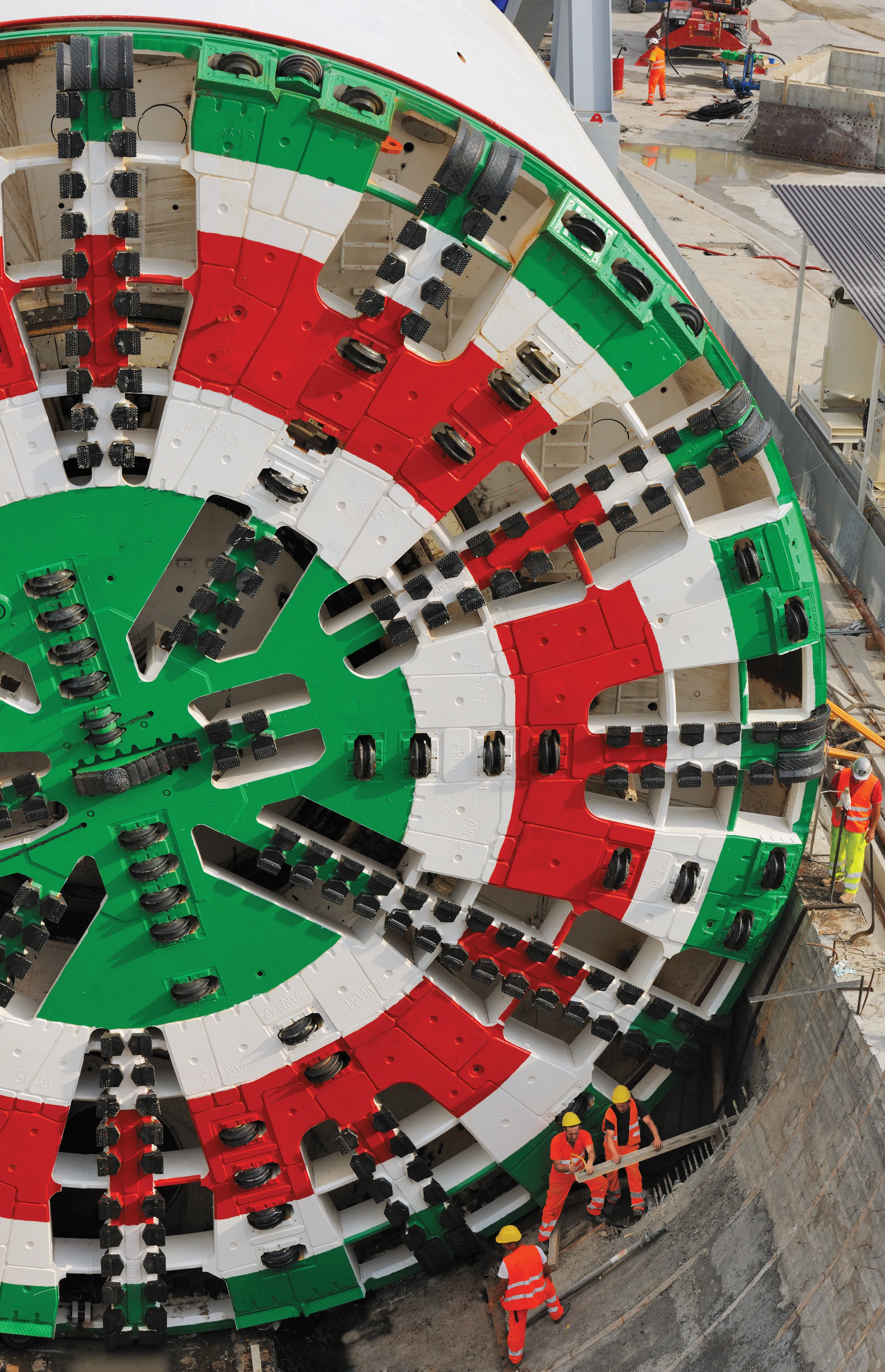
Komatsu has unveiled the all-new WA700-8 wheeled loader, which the manufacturer says delivers increased productivity, exceptional durability, and impeccable environmental credentials.
Before commencing development, Komatsu engineers actively collected customers’ input, identifying that safety, cost-per-tonne produced, CO2 emission, maximising uptime, and operator well-being were the key concerns of customers.
The company says these insights were integral to the development process, resulting in a powerful machine equipped with advanced features and technologies, including unrivalled power and stability, substantial load capacity and bucket volume, and extreme durability.
“I'm very excited to introduce our WA700-8 in Europe, which offers a perfect match with our 60-tonne rigid dump truck. Without any doubt, it will excite any operator with its performance, large cabin and wealth of safety features,” says Jo Monsieur, deputy general manager - product marketing, from Komatsu Europe.
“After more than a decade of development, this reinvented giant is now fully ready to claim its place in quarries across Europe and beyond.”
Equipped with a robust 578 kW Komatsu engine, the WA700-8 delivers the power needed for optimal efficiency in demanding quarry and mining applications. The combination of increased engine power and torque, a new efficient cooling system, and reduced hydraulic losses results in fast cycle times and exceptional fuel efficiency.
To enhance productivity and operator comfort during V-shape loading, the WA700-8 features a convenient throttle lock/rpm set function.
The WA700-8 is designed with environmental sustainability in mind. Full compliance with EU Stage V emissions regulations guarantees its eligibility for any tender. Furthermore, the machine can be filled with B20 biodiesels and is 100% compatible with paraffinic fuels such as hydrotreated vegetable oil (HVO), significantly reducing CO2 emissions.
A safety package comes as standard including emergency push buttons, certified anchorage and tie-down points, and battery, starter, and hydraulic lockouts. The machine also comes standard with full LED lamps, ensuring excellent visibility and safety during night operations.
The spacious cabin is designed in an ergonomic way to ensure comfortable operation even on long shifts, while features like a trainer seat facilitate side-by-side coaching. A new advanced joystick-steering system and electronic-pilot-control levers are in place to provide precision and ease of operation.
A Bluetooth radio allows operators to connect their mobile phones to the wheeled loader's stereo system. For added comfort, a roller sunshade effectively blocks strong sunlight and heat.
Automation features, including an automatic digging system, semi-automatic approach, and semi-auto dump systems, simplify repetitive tasks, helping operators optimise load cycles while avoiding fatigue. These systems are particularly beneficial for less experienced operators, helping to close skills gaps and enhance overall operational efficiency.
The WA700-8 is designed for easy maintenance and serviceability. It features maintenance-free batteries for reduced downtime. A centralised service centre with sampling and quick fill ports ensures easy and accurate handling of fluids.
Komatsu provides comprehensive support for the WA700-8, including Komtrax Step 5 and Komtrax Plus for ultimate asset-management solutions. Furthermore, the Komatsu Care programme and complimentary extended full warranty offer customers complete peace of mind.









